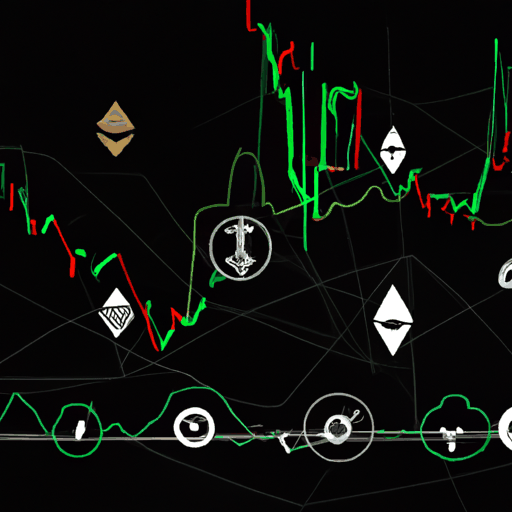
Binance Launches LDUSDT Reward Token for Futures Trading
By: Eva Baxter
Binance, one of the world's leading cryptocurrency exchanges, has announced the upcoming launch of LDUSDT, a new token set to serve as a reward-bearing margin asset specifically for futures trading. This innovative offering provides traders with the opportunity to earn passive income as they engage in futures trading. The introduction of LDUSDT marks another step in Binance’s evolving suite of products aimed at enhancing trading flexibility and economic opportunities for its users.
The platform clarified that while LDUSDT is pegged to Tether's USDT in terms of value, it should not be mistaken for a stablecoin. This distinction is critical as the asset offers not only futures trading functionalities but also allows users to gain yield rewards through Binance's Simple Earn Real-Time APR program. It is a continuation of Binance's strategy following the earlier release of BFUSD, another reward-bearing margin token designed along similar lines.
With LDUSDT, users have the flexibility to utilize the asset across various trading pairs and multi-asset modes, thereby diversifying their strategies without compromising on earning potential. Binance highlighted that this margin asset is part of their broader strategy to deliver unique financial instruments amid heightened scrutiny of yield-bearing assets by U.S. regulators. Indeed, current legislative moves in the U.S. specifically exclude stablecoins offering yield, raising important conversations within the crypto community around financial flexibility and regulatory frameworks.
While no official release date for LDUSDT has been shared, the token will soon be accessible on Binance's platform. Interested users will be able to convert their existing USDT holdings from Binance’s Simple Earn Flexible Products into LDUSDT, paving the way for enhanced trading activities that are both rewarding and strategic in the future markets. As the crypto landscape continues to evolve, Binance's new offering demonstrates an ongoing commitment to providing innovative tools that meet user demands while navigating emerging regulatory challenges.



